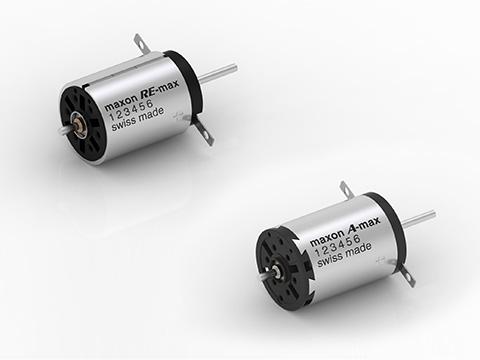
Posted to News on 23rd Nov 2022, 15:30
What to do when your current motor is end-of-life

Due to the constant update in both winding and magnet technologies, motors can go into NRND (Not Recommended for New Designs) status and eventually become obsolete. It is a standard process to replace older motors with more modern options, perhaps for a more compact design or for competing lead times or pricing.
Technology updates result in improved efficiency, torque and speed output; whilst this is highly beneficial for placing newer and smaller motors in tighter applications, it can cause problems for integration into legacy designs A range of parameters should be considered when replacing DC or BLDC motors.
To guide you through the process, the experts at Maxon have produced a finding alternative motors focusing on these key parameters, including motor behaviour, power limitations, motor type, electrical interfaces, mechanical interfaces, combinations, commercial aspects, operation, duty cycle and motion profile.
Click here to read the full article.
Want the latest machine building news straight to your inbox? Become a MachineBuilding member for free today >>

















